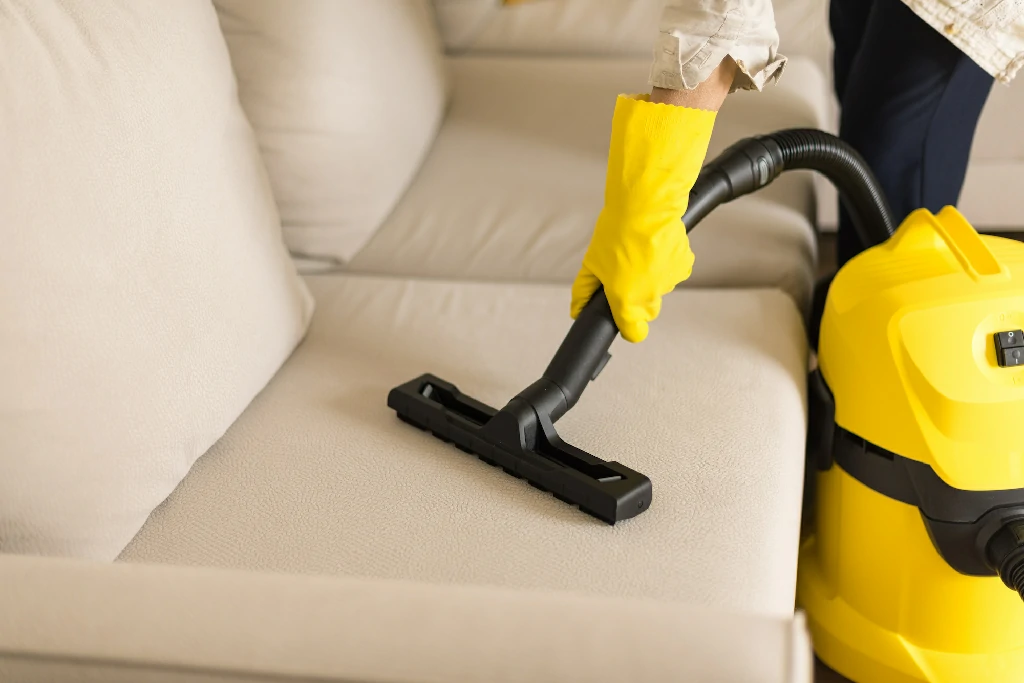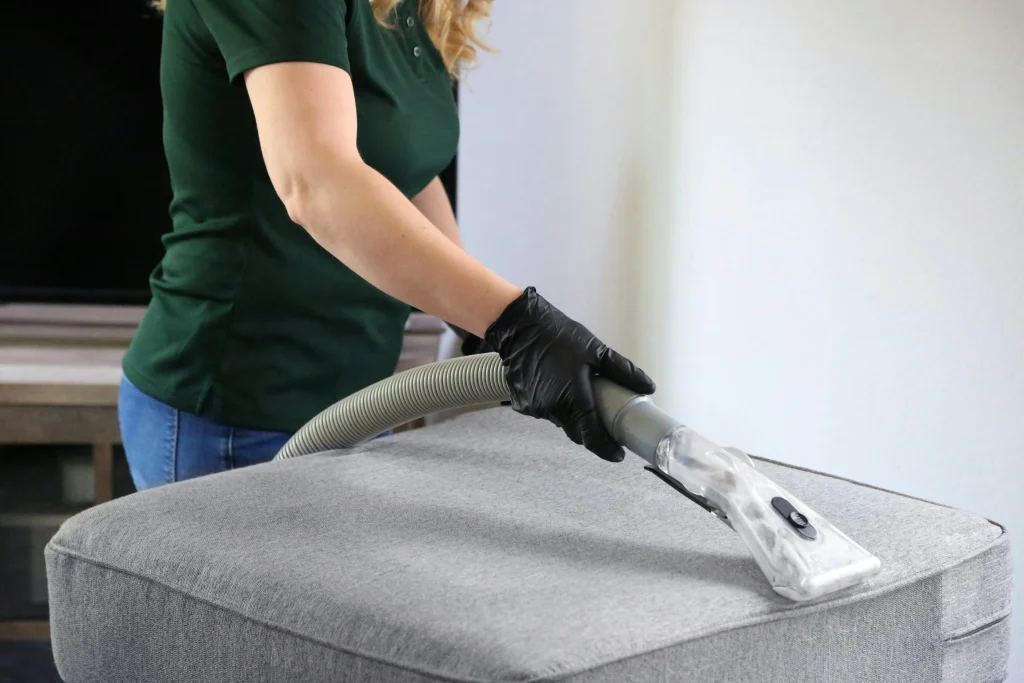Quick Fixes for Spills and Stains
Accidents happen, and when they do, how fast you act is key to stopping a spill from becoming a permanent stain.
Know Your Fabric's Cleaning Code
Before you use any cleaner on a spill, you must find the cleaning code for your fabric. This code is a single letter, usually found on a tag underneath a cushion or near the bottom of the sofa. This letter tells you exactly what kind of cleaner is safe to use. If you ignore this code, you risk damaging the sofa forever, causing things like water rings, colors bleeding, or shrinkage.
"W" Code: This means you should only use a cleaner that is water-based.
"S" Code: This means you should only use a solvent-based cleaner that does not use water.
"W/S" Code: This is the most flexible code; you can use either a water-based or a solvent-based cleaner.
"X" Code: This means only vacuum. You must never use any kind of liquid cleaner. This type of fabric needs to be cleaned by a professional service.
Dab, Don't Rub, When Cleaning
Once you know the right cleaner to use, you must act fast.
Blot Immediately: Quickly blot the spill using a clean, dry, white cloth to soak up as much liquid as possible. It is very important that you do not rub the stain. Rubbing will only push the stain deeper into the fabric fibers and make the spot bigger.
Test the Cleaner: Before you clean the main spot, put a very small amount of your approved cleaner on a hidden area of the sofa (like the back of the sofa near the floor or the underside of a cushion). Wait a moment to make sure the cleaner does not change the color of the fabric.
Work from the Outside In: Apply a small amount of the cleaner to a fresh cloth—never put the cleaner directly onto the stain itself. Gently dab the spot, starting at the outside edge and working your way toward the center. This prevents the stain from spreading outwards.
Rinse and Dry: If your sofa has a 'W' or 'W/S' code, you can lightly blot the area with a separate cloth that has been dampened with plain water. This helps remove any cleaning solution left behind. Finally, let the spot air dry completely. You can point a fan at the wet area to make it dry faster and help prevent water rings.








